A trulli, a cave, and a masseria oh my!
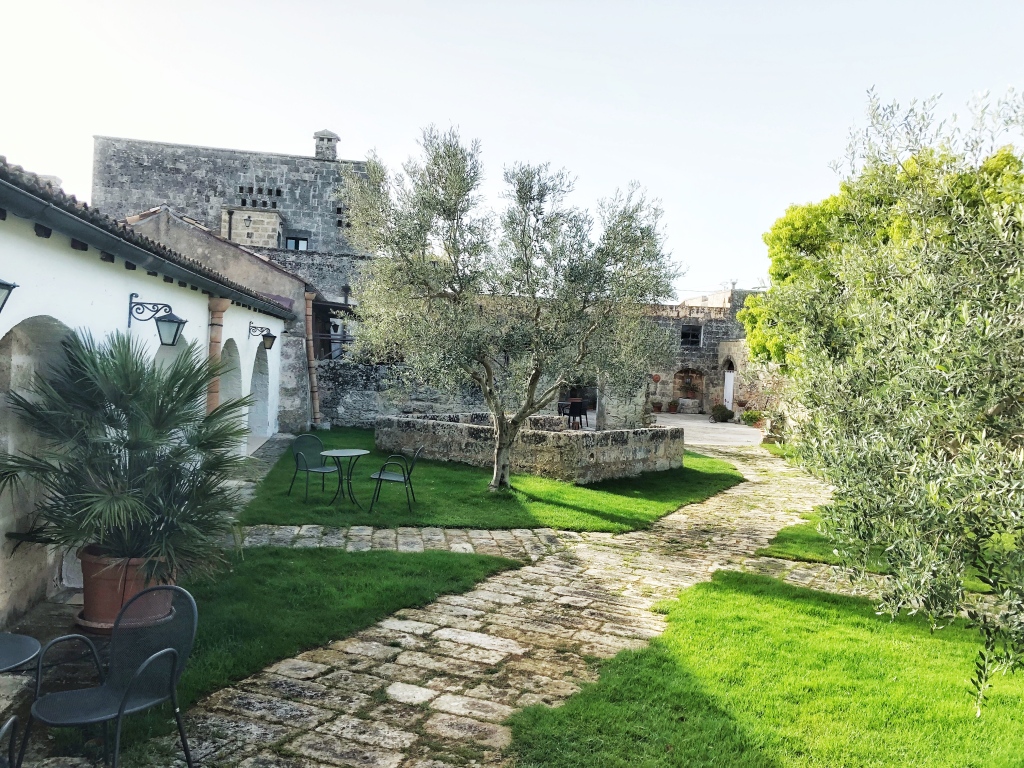
Your first question is probably: what’s with all these weird words in the title? The answer: they are different types of accommodations that we tried while in the Puglia and Basilicata (the heel and instep) regions of Italy. My main reason for travelling to these destinations were a) I kept seeing cool instagram photos from Matera, and b) my friend Jen from World On A Whim mentioned that the city of Matera is the 2019 Cultural Capital of Europe. So we set a date (really it’s all around my school schedule) and booked our flights. Here is a brief list of the accommodations that we stayed in:
What is a Trulli?
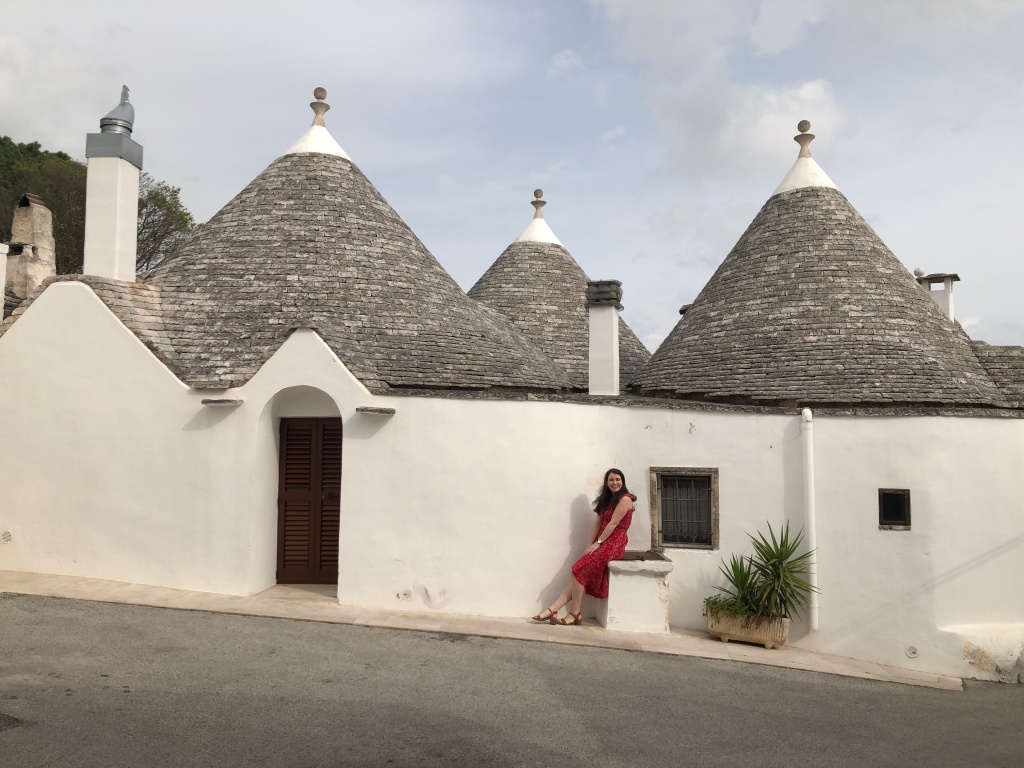
A Trulli is a small hut-like building with a conical roof which gives it the appearance of a hobbit or troll house. The uniformly white bases of these iconic structures are constructed from limestone masonry and are topped off with a wheat-colored dome-like roof. Theses idiosyncratic homes are plentiful in the Puglia region of Italy. The largest collection are located in the town of Alberobello, which is well- known for their signature Trulli houses. The region’s abundance of limestone, karst and calcareous sedimentary was utilized to create the mortarless houses. Why mortarless? As the 18th century population increased, people created the commune of Alberobello. The local Count didn’t want to pay taxes for a new development to the Spanish Viceroyal of Bourbon and therefore requested his citizens to create housing that was easy to dismantle and fool the tax assessors.
If staying overnight, I would recommend either staying in the new part of Alberobello or outside in the countryside. While we really enjoyed walking around and seeing the trullis you could enjoy a day-trip here and move on.
What is it like staying in a cave?
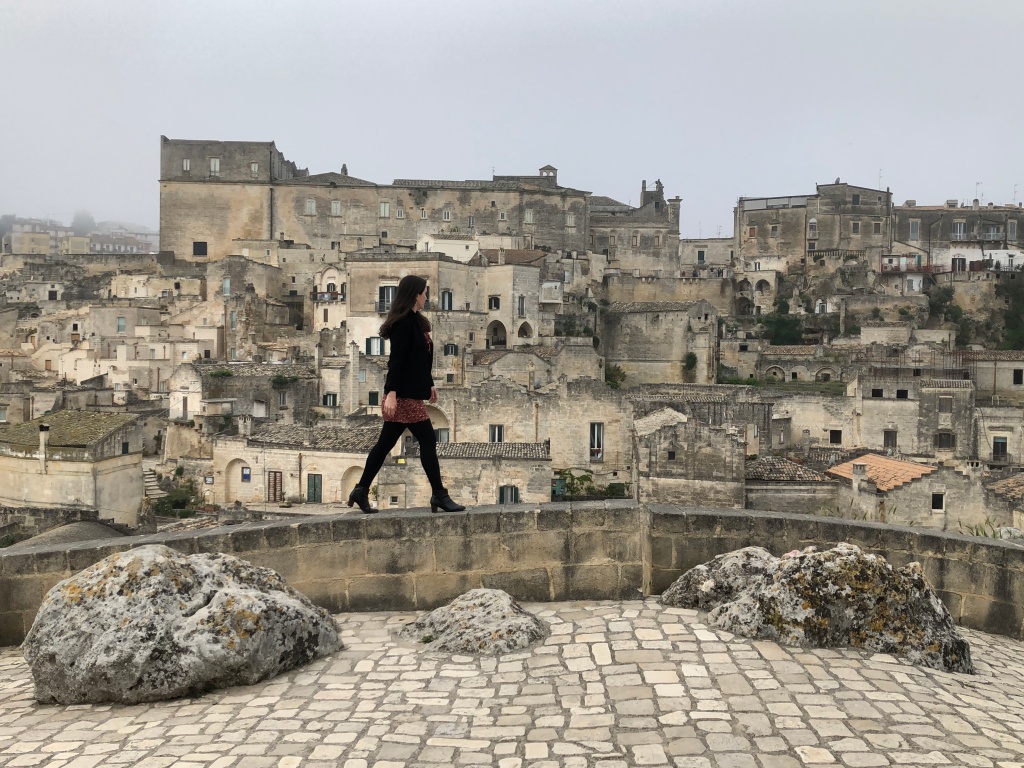
Tragically beautiful Matera has gone from obscurity to fame over the past century. Evacuated in the 1950’s for rampant poverty and disease, Matera was awarded UNESCO World Heritage Site status in 1993 and 2019 European Capital of Culture recognition.
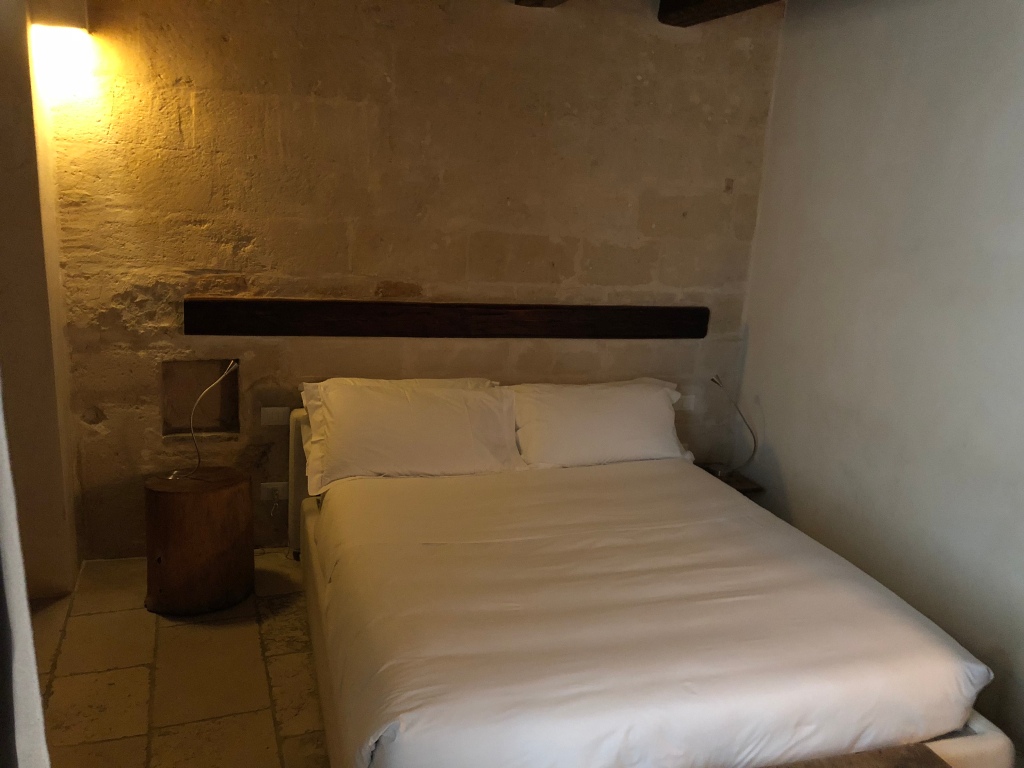
Matera has been inhabited since the Paleolithic time. In ancient times, cave-dwelling settlers moved into the tofu rock caverns of the steep ravine. Eventually more people moved in and the community of cave-like dwellings became known as the Sassi (Italian for “the stones”). We stayed in a carefully renovated, beautiful cave hotel. I would recommend this unique experience.
If you are looking for a more in depth weekend itinerary for Matera, please find it here: A weekend in Matera, Italy.
What is a masseria?
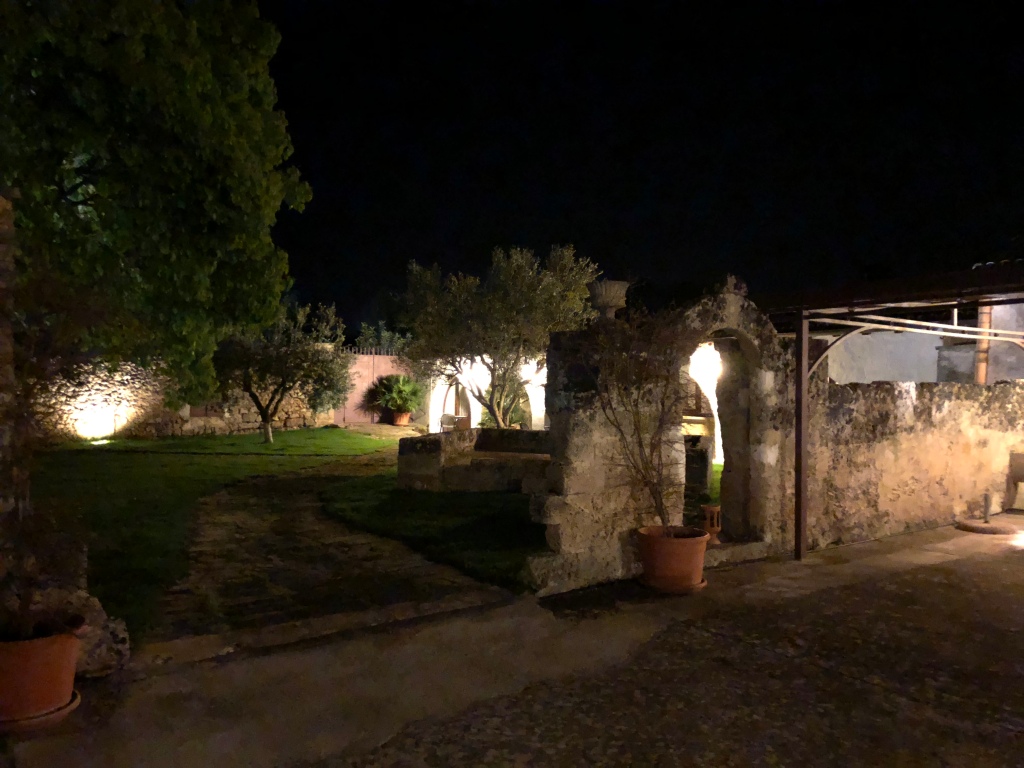
A “masseria” is an Italian version of a plantation or hacienda. The name masseria is known mostly in the Puglia region of Italy. From the 16th to18th century, masserias were the farmhouses in which workers and “pedrones” (English: master/boss) would reside while harvesting large farms. Italy has a number of farmhouses which are still on functioning farms and which are available as lodging alternatives. We stayed at a converted 16th century farmhouse. The owners made the best meal of our vacation, with fresh ingredients from their gardens. For a uniquely satisfying experience, I would recommend staying in a farmhouse in any region of Italy for one or two days . Research agriturismo.it or bookings.com for farmhouse lodging options.
Here is a link to a post on how to find a masseria.
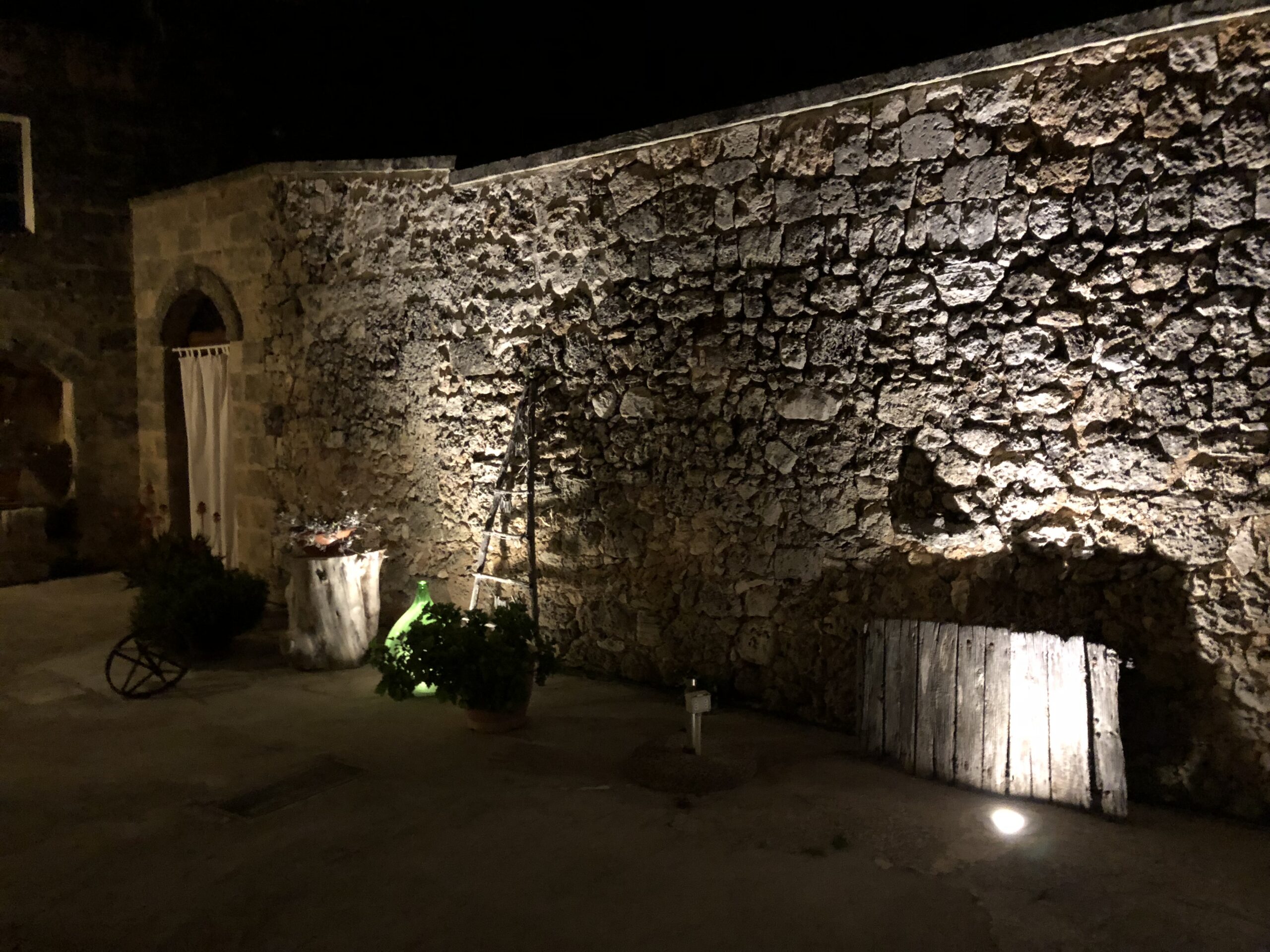
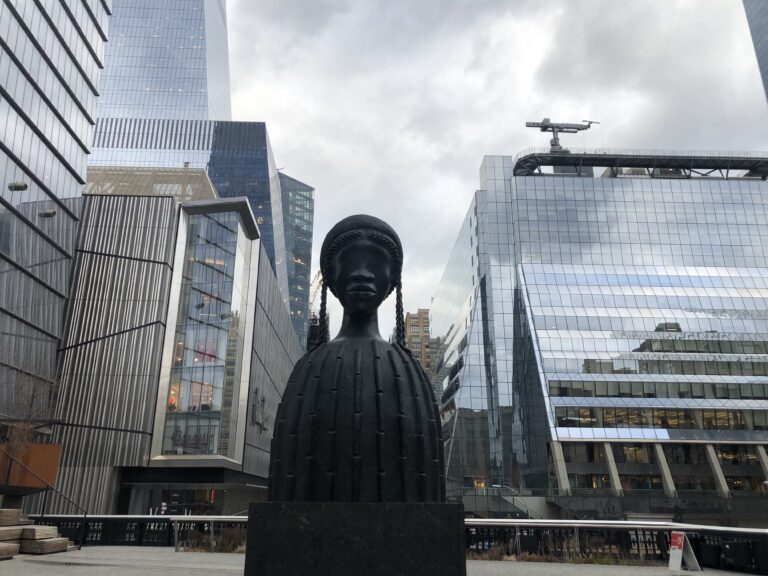

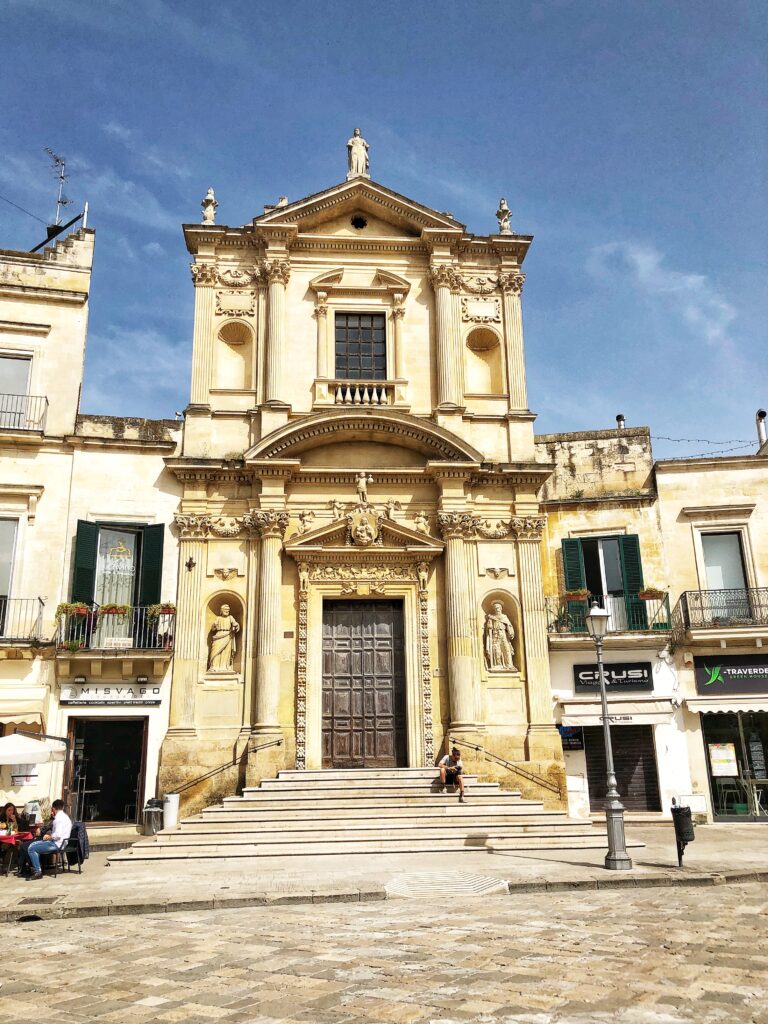

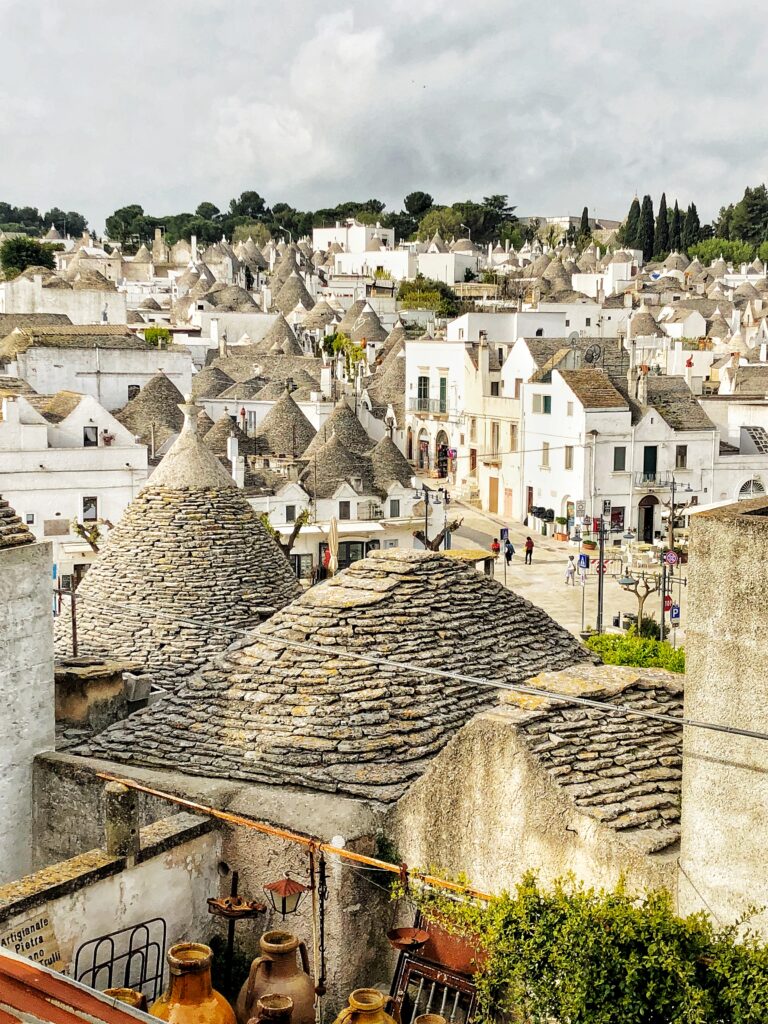

5 Comments